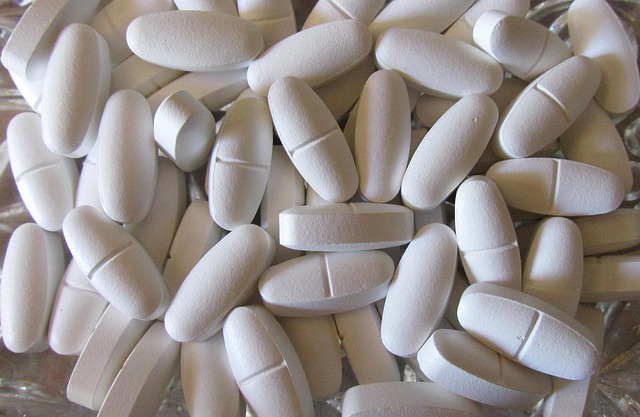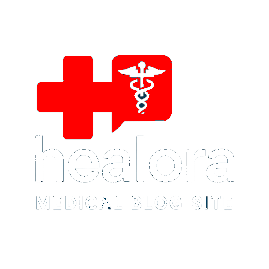
The Silent Bone Thief
Osteoporosis is often called a “silent disease” because it develops slowly and without obvious symptoms — until a fracture occurs. It weakens bones, making them fragile and more likely to break, even from minor falls or everyday activities. While it’s more common in older adults, especially women after menopause, it can affect anyone.
Understanding Osteoporosis
Bones are living tissue, constantly being broken down and rebuilt. Osteoporosis happens when bone loss outpaces bone formation, leading to reduced bone density and strength. This can result from hormonal changes, nutritional deficiencies, or certain medical conditions.
Who’s at Risk?
Several factors can increase the likelihood of developing osteoporosis:
- Age: Risk rises as you get older.
- Gender: Women are more prone, especially post‑menopause.
- Family history: Genetics play a role.
- Body frame size: Smaller, thinner individuals have less bone mass to draw from.
- Lifestyle factors: Smoking, excessive alcohol, and lack of exercise.
- Dietary habits: Low calcium and vitamin D intake.
Signs and Symptoms
Osteoporosis is often symptom‑free until a fracture occurs, but warning signs can include:
- Loss of height over time
- Stooped posture
- Back pain from collapsed vertebrae
- Fragile bones that break easily
Prevention and Management
The good news is that osteoporosis can often be prevented — and even managed — with the right approach:
1. Nutrition for Strong Bones
- Calcium: Found in dairy, leafy greens, and fortified foods.
- Vitamin D: Supports calcium absorption; get it from sunlight, fatty fish, or supplements.
2. Weight‑Bearing Exercise
Activities like walking, dancing, or light weight training help maintain bone density.
3. Healthy Lifestyle Choices
Quit smoking, limit alcohol, and maintain a healthy weight.
4. Bone Density Testing
Especially important for women over 65 and men over 70, or earlier if risk factors are present.
5. Medical Treatment
Medications can slow bone loss or help build bone. Always consult a healthcare provider for personalized advice.
Living Well with Osteoporosis
If diagnosed, you can still lead an active, fulfilling life. Focus on fall prevention, maintain a nutrient‑rich diet, and stay physically active. Support groups and educational resources can also help you stay informed and motivated.
Final Thoughts
Osteoporosis doesn’t have to be inevitable. By taking proactive steps early — and staying consistent — you can protect your bones, reduce fracture risk, and maintain independence well into your later years.







